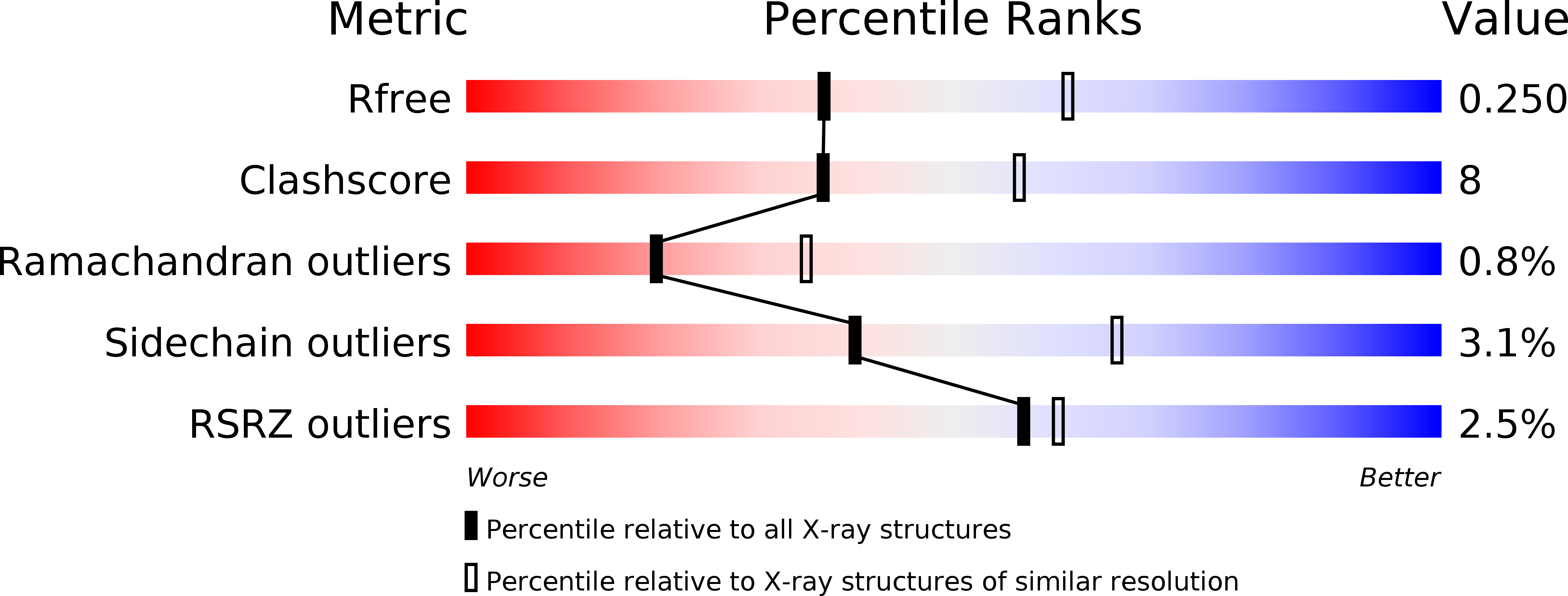
Deposition Date
2009-03-09
Release Date
2009-08-04
Last Version Date
2023-11-01
Entry Detail
PDB ID:
3GJO
Keywords:
Title:
Crystal structure of human EB1 in complex with microtubule Tip localization signal peptide of MACF
Biological Source:
Source Organism:
Homo sapiens (Taxon ID: 9606)
Host Organism:
Method Details:
Experimental Method:
Resolution:
2.50 Å
R-Value Free:
0.25
R-Value Work:
0.21
R-Value Observed:
0.21
Space Group:
P 1 21 1


